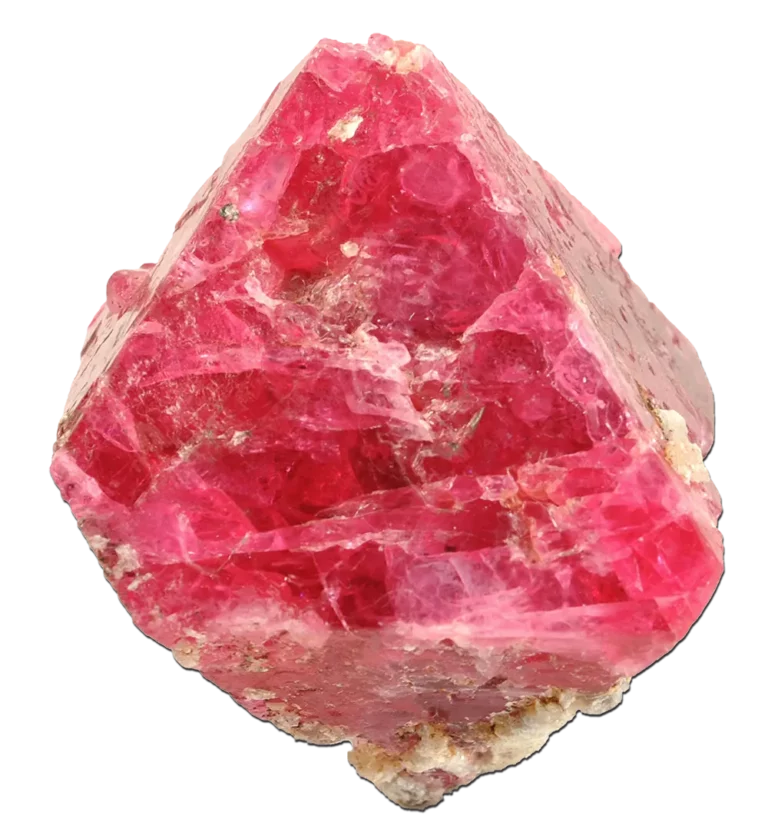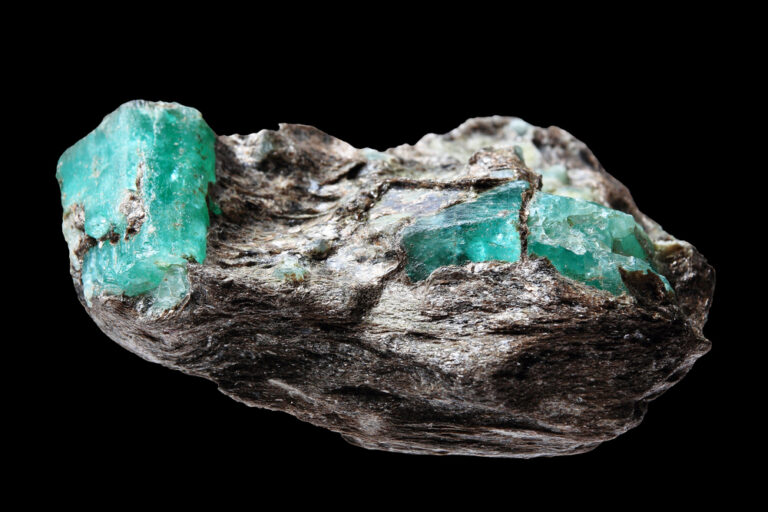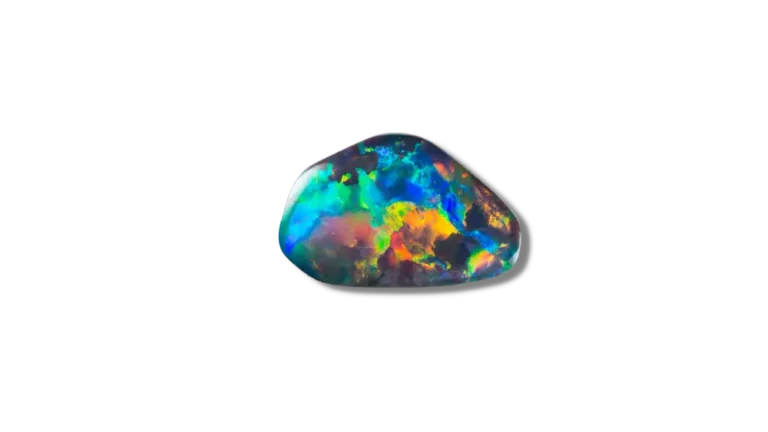Red Coral Stone: Properties, Benefits & Meanings
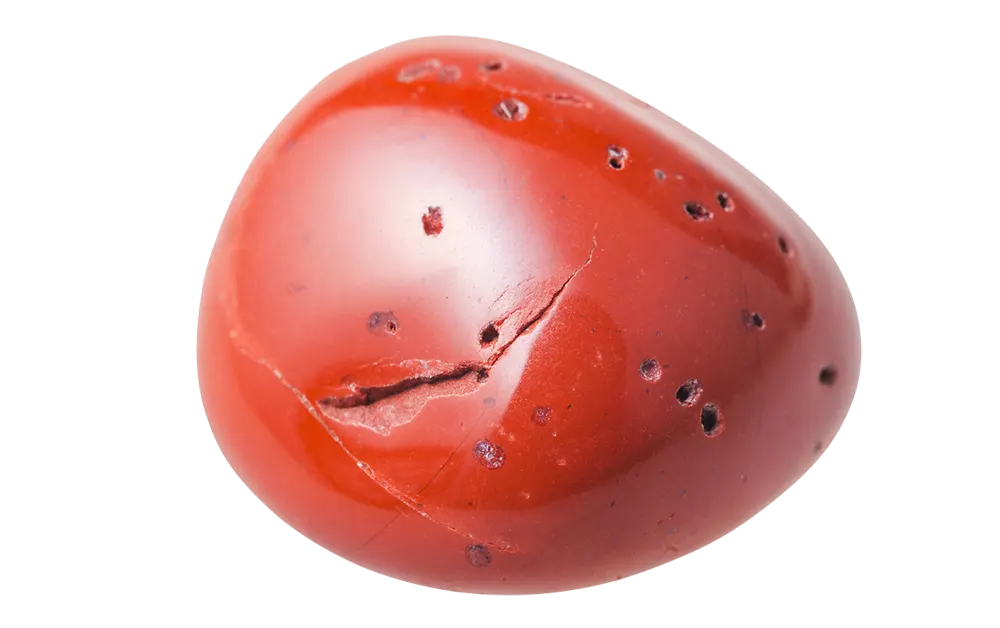
Red Coral Stone Overview
The Red Coral stone, also known as Precious Coral or Moonga, is a stunning gemstone mined from the sea. It is colored an eye-catching red and has a variety of uses, including jewelry making and art.
This gorgeous gem is valued for its beautiful red color, which results from its being made up of organic material. It is also valued for its strength, durability, and beauty. This article will look into the properties, meanings, and uses of the Red Coral stone.
What is Red Coral Stone?
Red coral, also called precious coral, is a gemstone found in the ocean, typically on the sea floor. It often comes in small pebbles or rocks, which can be shaped into beautiful jewelry pieces. Coral has been around for thousands of years and is used for many things.
Red coral gemstone is a natural stone, just like the contemporary pearl. It grows within the sea as animals die and other creatures of the ocean shelf gather their skeletons. Because of their continuous collection of underwater animals and planets, coral reefs are shaped in ways that resemble branches from any plant.
The branches of the coral reef are composed chiefly of calcium carbonate, giving them their distinctive pink-red color when used for jewelry making.
Coral stones are available in many hues, like red, pink, purple, and orange.
Formation of Red coral
Precious coral is a type of deep-water coral that forms in rocky sea-beds with low levels of sedimentation. Coral polyps, the very small marine animals that build reefs, create this precious material slowly over time.
These tiny, soft-bodied creatures form rocks by adding small bits of hard material over time. The process begins with a simple shell made of calcium carbonate and continues as additional layers are added to create complex branches and skeletal structures. Coral formations grow slowly, often less than one millimeter per year. They are formed of small structures and huge reefs alike.
Scuba divers spend tons of time in shallow waters looking underneath crevices for these coral skeletons.
What Does The Word Red coral stone Mean (Etymology)?
In Japan, “Red Coral” is called “Sakai.” It is not a mineral or plant but rather a sea anemone. Microorganisms in the sea produce it, and due to its chemical makeup, it belongs in the “animal” category.
The etymology of the word coral is uncertain. Some believe it comes from the Greek koraillon, meaning “hard skeleton”; others say its source is Kura-halos, denoting “human form.”
Where Can You Find Red coral stone?
The Italian city of Torre del Greco dominates the world market for coral, processing nearly 75% of all supplies. Most coral harvested today is extracted from the Western Mediterranean Sea, especially in Sardinia. Italian red coral from Genoa, Italy, is also prized in international trade.
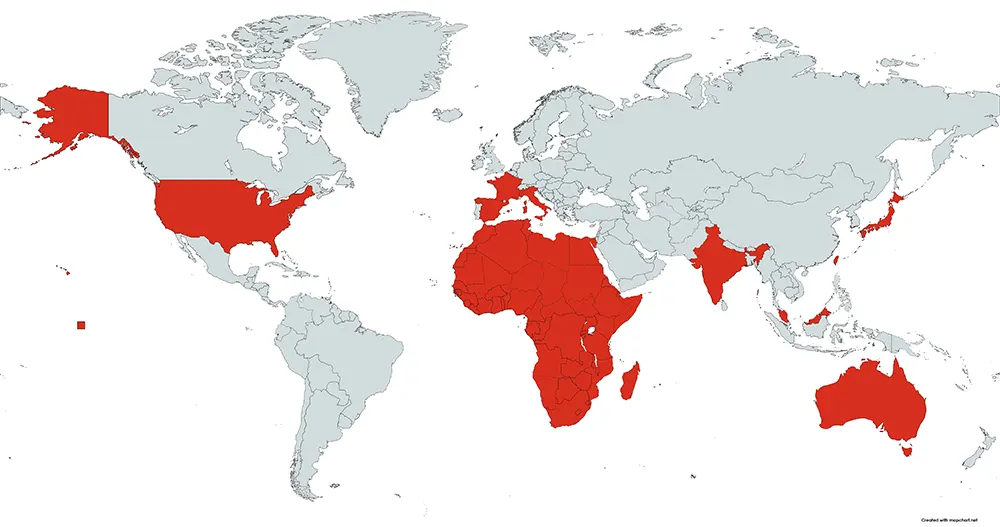
Red coral stone Appearance
Red corals are small leafless bushes growing up to one meter in height. Their valuable skeleton comprises intermeshed spicules of hard calcium carbonate colored red by carotenoid pigments.
In live specimens, the skeletal branches are covered with soft, bright red tissue from which numerous retractable white polyps protrude. These polyps exhibit octameric radial symmetry and can be retracted into their hard exoskeletons.
The most valuable Red Coral is Deep Red. However, other hues, such as orange and light pink, are also used in jewelry making.
Red Coral is a porous, soft material with a Mohs hardness of 3.5—it’s made mostly of calcium carbonate and doesn’t have any cleavage lines when polished. When harvested, Red Coral can be naturally matte; however, many stones are then polished to give them shine.
Red Coral Stone Physical Properties
| Mineral Group | Corallium |
| Formula | CaCO3 |
| Color | Red |
| Hardness (Mohs scale) | 3 – 4 |
| Refractive Index | 1.486 – 1.658 |
| Fracture | Irregular, Splintery |
| Luster | Vitreous |
| Specific Gravity | 2.60 – 2.70 |
| Transparency | Translucent, Opaque |

Red Coral Stone Value
Price Per Carat: The cost of red coral is affected by the four C’s of gemstones: cut, color, clarity, and carats. Japanese red coral is extremely rare and thus attracts luxury pricing from $60-$400 per carat—making it one of the most expensive gems on Earth!
The Four Cs Criteria
- Color: The color of red coral is always fiery but varies from deep to light. Some stones are more orange or pink than others. The Deep Red color is the most valuable, but other colors are less expensive. As a general rule, the deeper the red color, the more valuable it is.
- Coral from Japan is said to have a highly prized “OX-BLOOD” red color. This kind of coral is valued in jewelry markets and demanded over other hues like pink or orange-pink.
- Clarity: Corals may have a wood grain effect, striations (fine lines), or pit-like markings on their surfaces. The clarity of a red coral is not as important as its color, but any blemishes or defects will reduce its value. The best quality coral has no inclusions or flaws visible to the naked eye.
- Cut: People used to carve corals into figures, statues, and spherical or cabochon jewels. They also used thin coral branches to stud their jewelry. Coral roses were famous; they would be made from gold and then worn as necklaces or earrings.
- Carat Size: Coral is not found in large sizes. Most corals are about 1.5–3 millimeters long.
How To Tell If Red Coral Stone Is Real?
Unfortunately, what’s sold as the red coral stone is often an imitation made from plastic or glass. Here are a few tests you can use to check if your piece of jewelry has a real gemstone in it:
- Magnification Test: Carefully observe a small piece of Japanese red coral at high magnification. Real red coral has a distinctive visible texture, similar to weathered wood grain—you can see this pattern clearly through your magnifying glass.
- Milk test: Place a piece of real red coral in milk. The color change is visible; neither glass nor plastic will cause this transformation.
- Bubble Test: To test a piece of red coral, look for bubbles or molding lines. Glass imitations often have tiny bubbles embedded and can be seen with a magnifying glass while plastic imitations contain visible molding lines. Real red coral never has either type of defect.
- Vinegar Test: Put the piece of Red Coral stone in a bowl of highly diluted vinegar and watch for bubbles—if they form, it is likely to be real red coral.
- Lemon Juice Test: A simple way to test for real coral is to apply a few drops of nitric acid or lemon juice to an inconspicuous place on the jewelry, such as its palm. Real coral will effervesce—i.e., produce small bubbles—resulting from this chemical reaction.
- Rubbing Tests: Rub the gem with your nails to check its quality. If a glassy sound is produced, it’s not genuine red coral.
- Turmeric test: Sprinkle some raw turmeric on your red coral piece. If there is a red tint in the color of turmeric or if it changes, your coral gemstone is fake. If not, then it’s real!
- Look at the combination of tests. A piece of coral that passes all the tests is likely to be true red coral.

Red Coral Stone Chakra Connection
Red Coral stone is closely related to the Rot Chakra but also helps to align the Sacral chakra.
The Root Chakra
The root chakra is known as the first of the seven chakras. It is at the base of your spine and represents your connection to Mother Earth. It is associated with your survival instincts, vitality, security, sense of self, and feeling grounded in this world.
It is also called the First chakra, Base chakra, or Muladhara in Sanskrit. It is present at the base of the spine and in the perineum area. It is related to survival instincts and security needs.
The Sacral Chakra
The second chakra is called the Sacral Chakra, located just below the navel. It is associated with your pleasure, creativity, and sexuality. In addition, it represents your ability to feel love, compassion, and empathy for others.
It is also called as Second chakra or Svadhistana in Sanskrit.
Red Coral Meaning And Uses
Red coral has amazing physical, spiritual, and mental healing properties. A few of them are discussed below:
- Red Coral is the stone of root chakra. If the root chakra is imbalanced, one can experience digestive problems, immune-related disorders, knee problems, depression, weight issues, and lethargy. It is believed that using a red coral stone can eliminate these issues by balancing the root chakra.
- It is also considered a great gem to keep close during the flu and cold season. It helps to strengthen the immune system and protect from infections.
- This amazing stone helps to deal with past traumas and negative experiences by bringing peace, calmness, and tranquility.
- It is also a powerful stone to help one get rid of depression and anxiety.
- One can use it to balance the mind when it becomes restless or anxious.
- Keeping red coral by your side is thought to attract wealth, good fortune, and prosperity. In addition, this stone is also believed to improve one’s creative abilities, enhance imagination and bring out the best in you.
- Red coral is believed to have energetic properties that ward off dark, evil forces.
- It is commonly thought that red coral protects against black magic and evil spirits. It is also believed that red coral helps keep negative energies and influences away. This stone can be used for protection against all types of psychic attacks, especially those from black magicians or sorcerers.
- Red Coral helps its wearer to be confident and positive, especially in times of stress or danger. One can also use it to increase self-esteem and enhance the ability to attract love into their life.

How to Care for and Cleanse Red Coral Stone?
- Red coral is a delicate gemstone that requires special care to keep it from breaking. Because red coral is delicate, it must be cleaned with a soft cloth and then rinsed in warm or soapy water.
- To clean the dust from your red coral, dip a toothbrush in a mild soap solution and scrub away.
- Red coral stone is organic and should be sponged with a moist cloth.
- When you use chemicals, care is needed to prevent damage.
- Red coral’s color may fade when exposed to direct sunlight.
- It would be best to store red coral jewelry in a fabric pouch, preferably velvet.
- People who buy large cuts of red coral should be sure to wrap each piece in tissue paper so they will not scratch one another.
- Red coral looks best when it is set in a copper mount.
FAQ
What Is Red Coral Stone Good For?
Red coral stone is a beautiful, organic gem that has been used for centuries. It is one of the most popular jewelry stones worn on its own and set in other materials such as silver or gold.
Red coral is believed to increase the wearer’s energy and bring good luck. It has also been used for protection against evil spirits and disease and for healing purposes.
What Are The Healing Properties Of Red Coral Stone?
Red coral stone is believed to have healing properties that anyone can use for physical and emotional healing. It is said to help heal wounds, remove toxins from the body, calm an overactive mind, and reduce stress levels.
How Hard Is Red Coral Stone?
Red coral has a Mohs scale rating of 3.5, making it softer and less transparent than other corals. It is usually cut into cabochons or used to make beads.
What Gemstones Go well will red coral?
Red coral stones pair very well with Freshwater and Keshi Pearls. These three trace their origin back to the sea and share similar properties, making them a perfect fit for each other.


